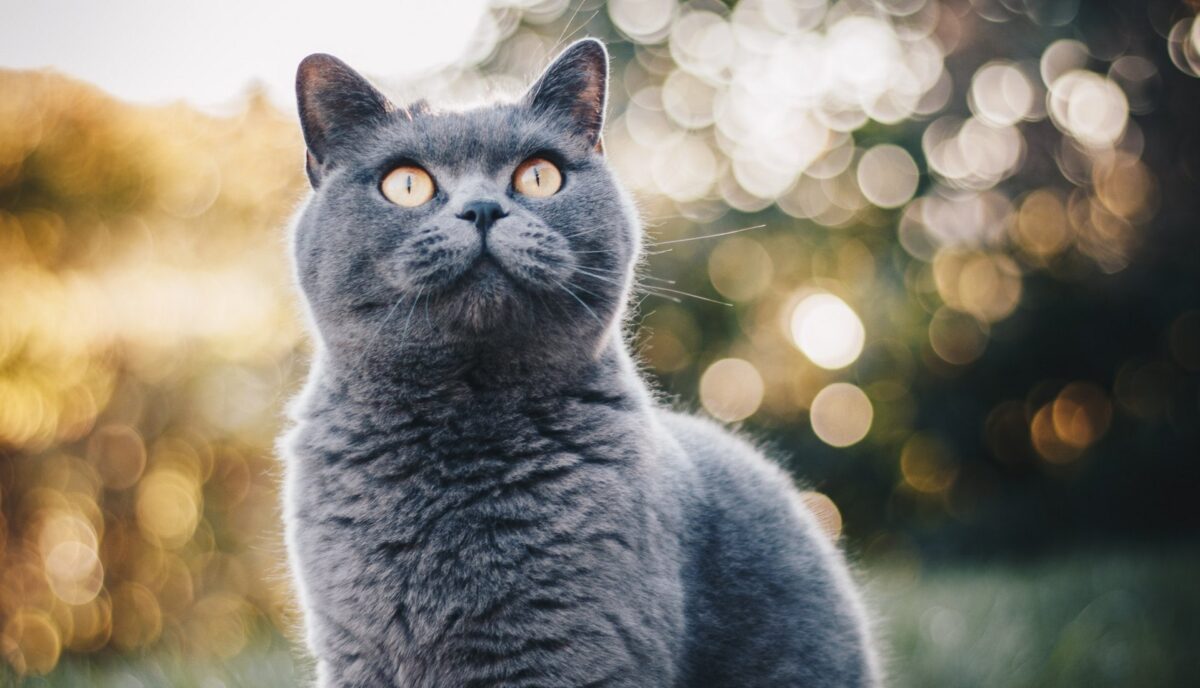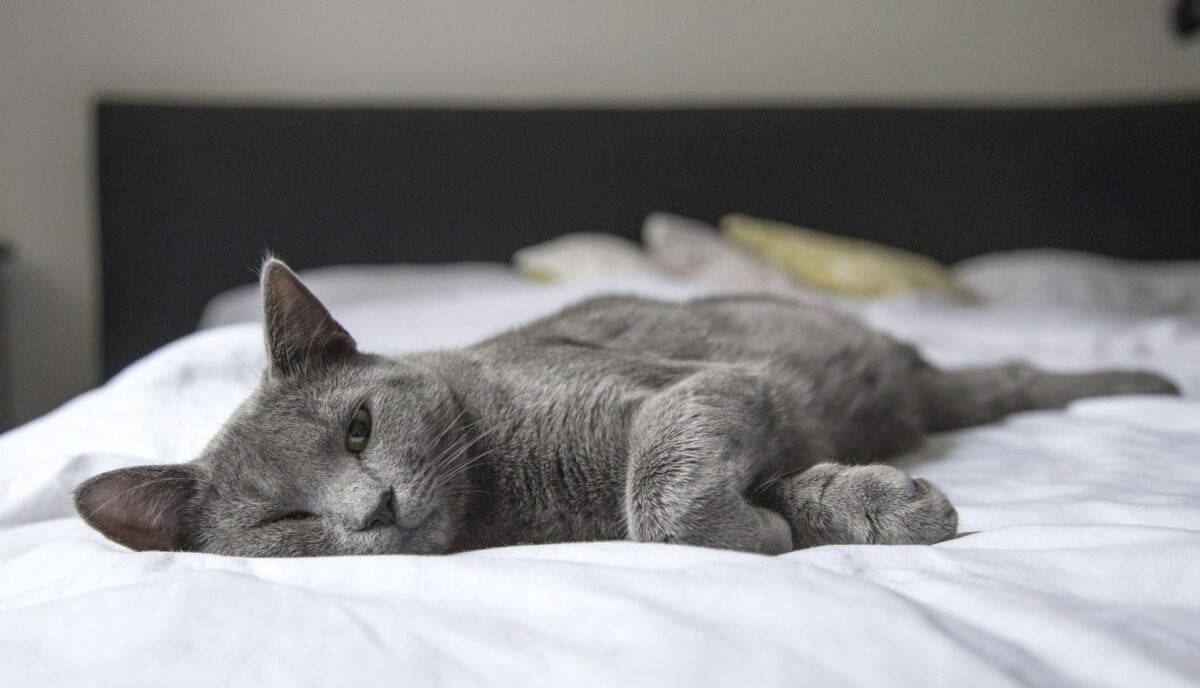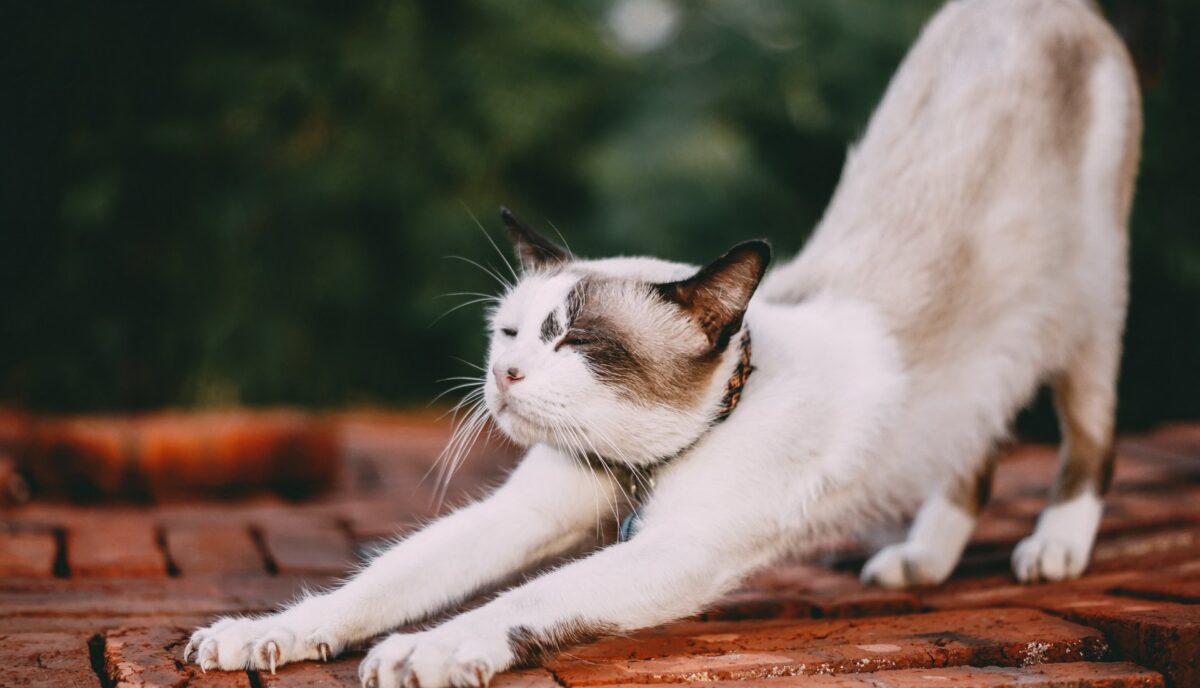Cats differ in the type and structure of their coat. There are chic long-haired Persians, semi-long-haired Siberians, short-haired orientals and British, hairless sphinxes. Of course, grooming cats varies greatly.

Long-haired cats need to be brushed every day, otherwise the hair will get tangled and skin diseases will develop. If, for some reason, this is not possible, it is better to conduct a hygienic grooming of such a cat. In addition, the haircut of long-haired cats is relevant in the summer in order to protect the animal from overheating. Cats tolerate grooming a little heavier than dogs. This manipulation is carried out under sedation (anesthesia) and without. If the animal is calm, it is possible to trim without sedation (anesthesia). In this case, it may be necessary for the owner to keep his cat himself. And sometimes, on the contrary, the mustachioed behaves more calmly without the owner and you will be asked to leave at the time of the haircut. It is very important that the haircut does not become too much stress for the animal. That is why sedation (light anesthesia) is often used while grooming cats. In this case, the animal must be healthy. Do not be surprised if the doctor asks you to examine the cat before the manipulation. The cat remains in the clinic until he fully recovers (4-6 hours). It should be remembered that if you do not take care of the pet’s coat after a haircut, it will very soon lose its appearance again and chatter. The grooming of the cat should be agreed in advance; food should be collected from the pet 12 hours before the haircut under sedation.
Regular hygiene procedures are equally important for all groups of cats.
- Ear cleaning (from once a week to once a month). It is necessary to remove sulfuric discharge carefully with the help of cotton pads and lotions for cleaning the ears (especially important for Scottish Fold cats and Sphynxes).
- Rubbing eyes. Ideally, a cat’s eyes are clean and dry, but some clear discharge may collect in the corners of the eyes. They are removed with a soft napkin, you can rinse your eyes with special cleansers.
- Oral care: regular teeth brushing, tartar removal, gum massage.
- Clipping the claws. This can be done at home using pet clippers. Only the upper part of the nail is trimmed (1–1.5 mm). This must be done carefully so as not to damage the living part of the nail.

